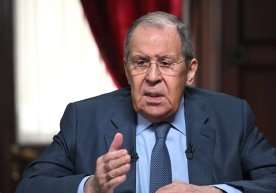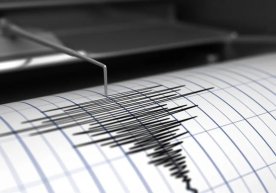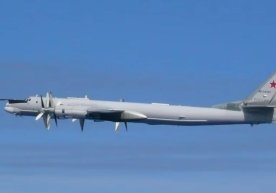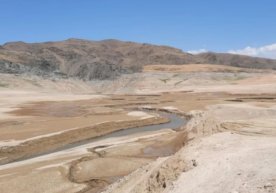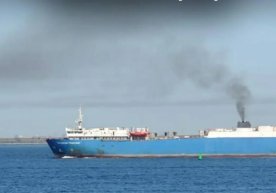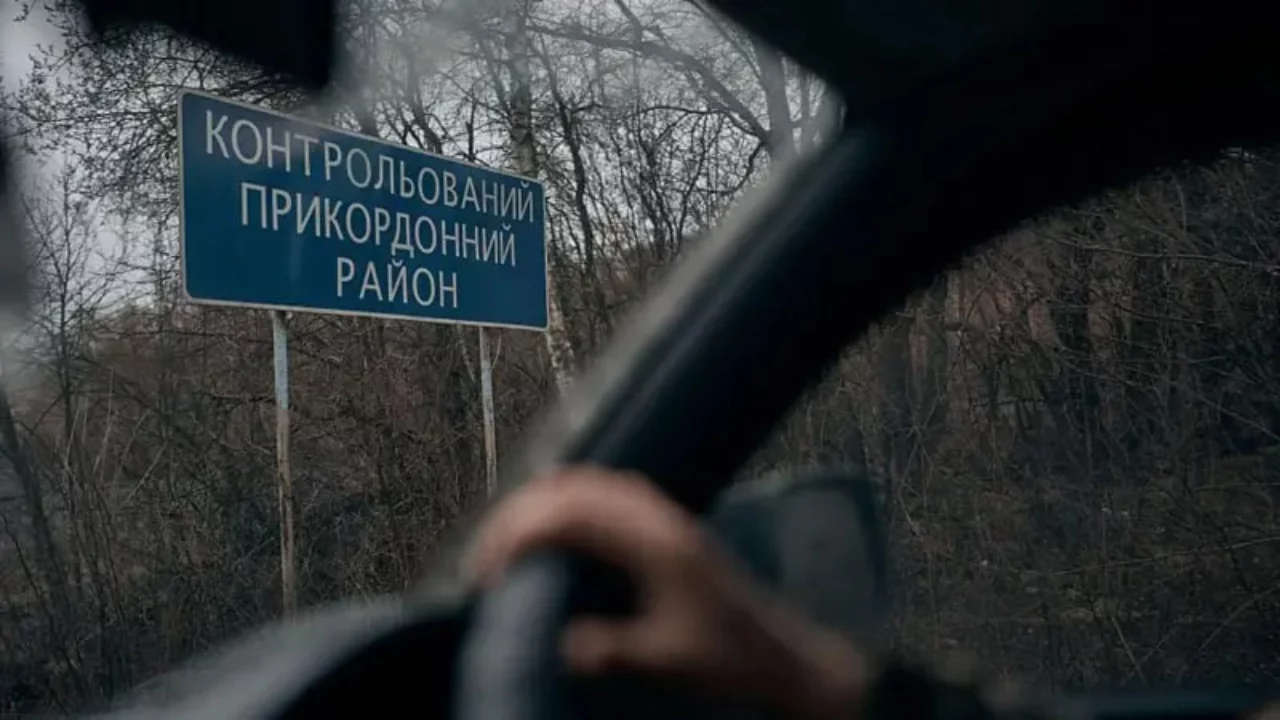
Russia is massing troops in the Sumy direction to create a 10-kilometer-deep "buffer zone," Ukrainian President Volodymyr Zelensky said. He estimated the size of the Russian group preparing to launch an offensive at more than 50,000 people. What could the Kremlin's plans be this time, and what are the prospects for their implementation?
Some military experts are also talking about the fact that the Russian army is preparing for a major offensive in the Sumy and possibly Kharkiv directions.
On May 22, Russian President Vladimir Putin said at a meeting with government members that a decision had been made to create a buffer security zone along the border to protect Russian territories from threats from Ukrainian armed forces.
This is not the first time Vladimir Putin has made such a statement. He first spoke about plans to create a security zone along the Ukrainian border in March 2024. In May of that year, Russian troops launched a new offensive in the Kharkiv region, breaking through to Vovchansk. Three months later, a counterattack was launched - Ukrainian forces invaded the Kursk region.
Recently, the Sumy regional military administration confirmed that the Russian army had taken control of four settlements - the villages of Novenkoe, Basovka, Veselovka and Zhuravka.
"The enemy continues to advance in order to create a so-called buffer zone. Military operations are ongoing around the village of Vodologiya and near the villages of Vladimirovka, Belovodov, Konstantinovka and Kondratovka in the Khoten district, as well as around the village of Lokni in the Yunakov district," said the head of the administration, Oleg Grigorov.
According to him, the residents of the villages occupied by Russian troops have already been evacuated, and there is no threat to civilians there.
The Russian Defense Ministry reported in early April that part of the border area of Sumy Oblast, in particular the village of Zhuravka, had been captured, and this information was confirmed by OSINT researchers. By the end of May, the Russian Defense Ministry reported that two more villages had been captured - Belovodye, 7.5 kilometers from the border, and Vladimirovka, two kilometers away.
According to the Ukrainian OSINT project DeepState, Belovodye is partially in the "gray zone", while Vladimirovka remains under Ukrainian control. At the same time, its maps confirm that more than 60 square kilometers of Sumy Oblast have already come under Russian control.
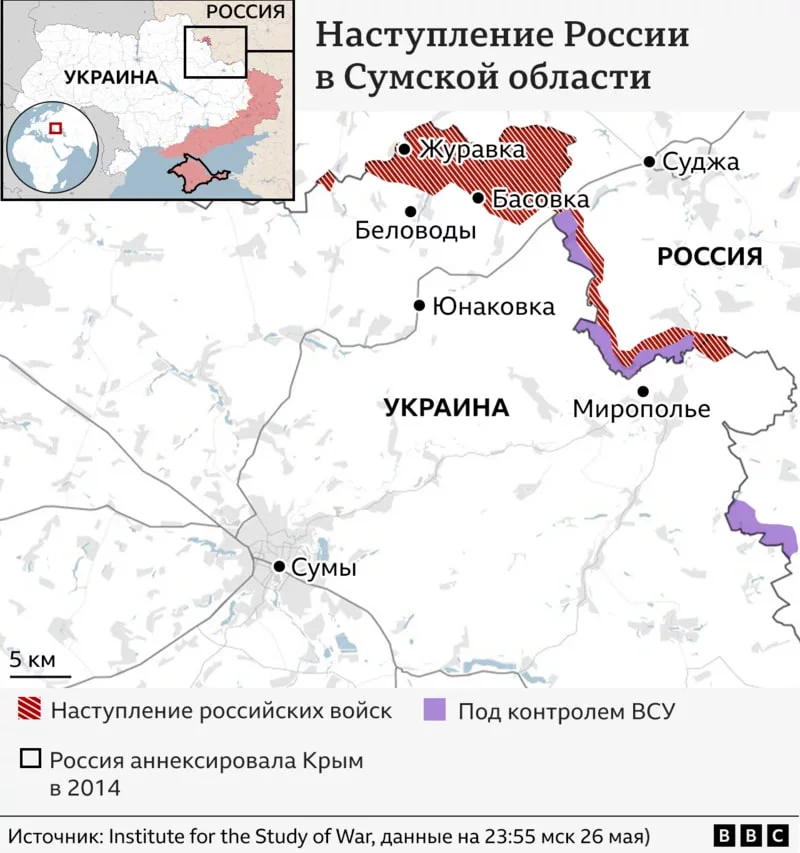
Why does Russia need a buffer zone?
The idea is that it narrows the enemy's area of maneuver, depriving him of the opportunity to conduct armed raids on neighboring territory and strike it using tactical firepower - primarily barreled artillery, small arms, and short-range drones.
Buffer zones were formed by the USSR border troops during the Afghan campaign - they operated in all northern provinces of Afghanistan at a depth of up to 100 kilometers from the border.
However, the Russian-Ukrainian military conflict has few similarities with Afghanistan. It is not just about geographical features and the incomparability of the military capabilities of the Afghan Mujahideen detachments and the regular Ukrainian army - although this is also important.
When Soviet troops entered Afghanistan, they faced relatively weak, mainly local resistance, and only much later they encountered a debilitating guerrilla war. There was no front line there.
And between Russia and Ukraine, such a line exists - even in places where there is currently no active military action. It can be called a line of confrontation or confrontation, the essence does not change. The troops on both sides of the border are in full combat readiness.
This means that in order to create a complete buffer zone along the border with Ukraine, the Russian army must at least push back this front line. That is, a large-scale offensive operation is required.
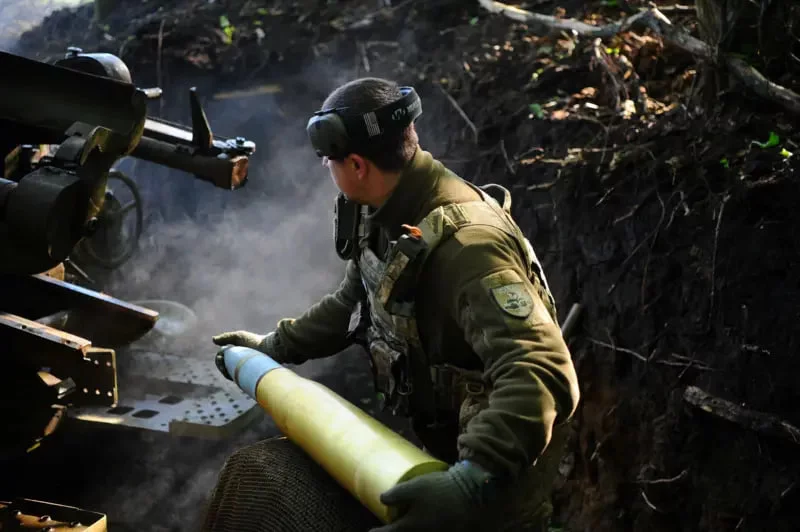
In which sector?
The length of Russia's border with the northern regions of Ukraine is as follows: in the Bryansk region it is more than 350 kilometers, in the Kursk region - about 245 kilometers, in Belgorod - about 540 kilometers. True, half of the Belgorod sector - in the Luhansk region and partly the border areas with the Kharkiv region - is controlled by Russia.
Even then, 800-900 kilometers of the state border remain under Ukrainian control.
The Russian army has a large number of troops on this part of the front. Two of its groups - "West" and "North" - are fighting in the Kharkiv region, in the Kupyansk direction and in the Vovchansk-Lipsi area. However, the situation there is relatively stable, meaning that the forces of the parties are approximately equal, and there is no need to expect any drastic changes in the near future.
The group, which has almost completed its task of pushing the Ukrainian armed forces out of the Sudzha district of the Kursk region in recent months and remains relatively "free", is of interest - its units are currently trying to launch an offensive in the Sumy direction.
According to Ukrainian military expert Konstantin Mashovets, a reliable indicator of the size of the Kursk group of Russian troops is 75 thousand soldiers. "In fact, in terms of numbers and "staff", the enemy's entire army is operating in the Sumy direction, reinforced by combined tactical groups of the air force and marines," he writes.
At the same time, the equipment of such a group of troops, according to his data, is very low: tanks - about 160, possibly up to 200, armored combat vehicles - more than 480 (the figure is up to 620-625 units), barrel artillery (including 120-millimeter mortars) - about 660, rocket artillery - up to 160-180.
Although the Ukrainian expert slightly underestimated the number of the Russian group (although he considers it to be the maximum), it is clear that it is not enough to conduct large-scale joint operations along the 800-kilometer front line. Less than a hundred people per kilometer and one cannon - it is difficult to even defend with such forces in the conditions of the Russian-Ukrainian war.
It should also be taken into account that the group of troops of the Ukrainian armed forces did not go anywhere after the retreat from the Kursk region. Some of its units continue to hold small areas of Russian territory in the southwestern part of Sudzha and in the area of the village of Tyotkino, and are also trying to invade the territory of the neighboring Belgorod region.
The logic of war aimed at exhaustion
However, in a narrow area, a group of 75 thousand people is capable of creating a serious hotbed of tension and penetrating deep into the territory, as happened a year ago near Vovchansk. It is difficult to say at this time what consequences the formation of another active section of the front could have for Russia and Ukraine.
Currently, evacuations are underway in many settlements in the Sumy region, the regional center is under regular shelling. The intensification of military operations in the border areas of Ukraine has also disturbed the peace of the population on the other side of the border - there are constant reports of strikes on Russian facilities.
Igor Girkin, a former field commander who has been a frequent critic of the military command and is currently serving a sentence in a Russian prison for extremism, believes that the massive influx of Russian reserves into Ukraine to create a buffer zone is beneficial for the Ukrainian armed forces: “The loss of a few dozen kilometers will not scare the enemy.”
“The front will stretch for hundreds of kilometers to the border with Belarus (at least, many, many tens of kilometers, but most likely hundreds of kilometers). As a result, all our reserves that could be used to defeat the Ukrainian army will be occupied with securing this “buffer zone.” Given the fierce resistance of the enemy, this will be very difficult,” he writes.
However, the actions of the Russian army in the Sumy direction are not the result of individual operations, but rather correspond to the logic of war, which leads to exhaustion when it is important to continue to put pressure on the enemy. The front is stretching, and the warring parties need more and more resources.
A situation is emerging in which the arguments for the need to increase defense spending are becoming increasingly important. And this applies to all parties involved in the Russian-Ukrainian military conflict in one way or another. Read “Zamin” on Telegram!
Ctrl
Enter
Found a mistake?
Select the phrase and press Ctrl+Enter Related news
Information
Users of Меҳмон are not allowed to comment this publication.
Users of Меҳмон are not allowed to comment this publication.







